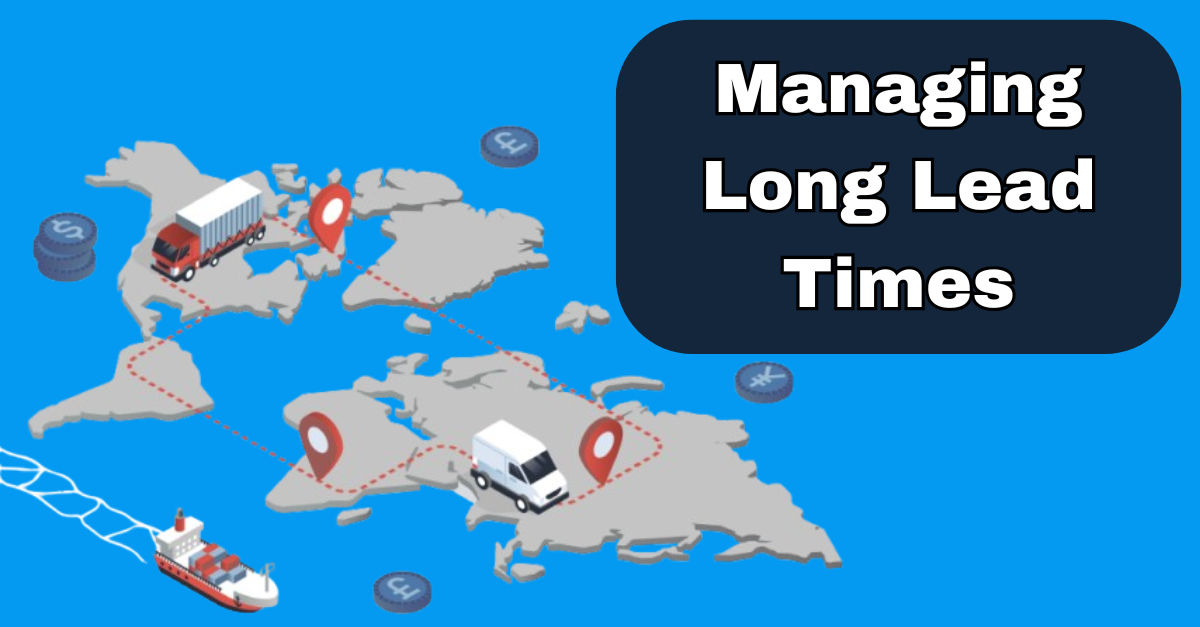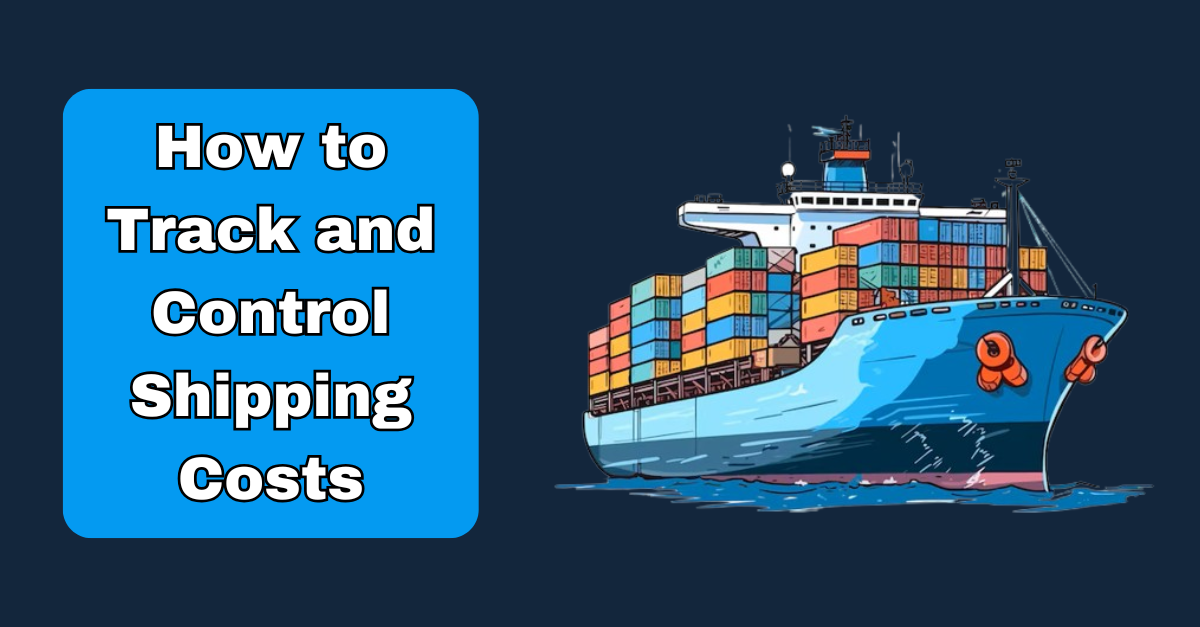Running a small-medium sized manufacturing business means finding smart, cost-effective ways to compete with larger players in the industry. One of the biggest challenges are overcoming the economies of scale that benefit larger companies. These economies allow bigger businesses to reduce their costs as they grow, making it harder for smaller operations to keep up. However, there are strategies you can use to level the playing field, scale your operations, and improve efficiency without making huge investments.
1. Leverage Contract Manufacturing
What It Is: Contract manufacturing is when you partner with an external company to produce your products. Instead of investing in your own manufacturing facilities, you outsource production to a trusted third-party manufacturer. This allows you to scale up production without the high costs of building or maintaining a production facility.
How It Helps: By using established production facilities, you can access economies of scale without the overhead costs. Labor, maintenance, and capital expenditures are handled by the manufacturer, letting you focus on product design, marketing, and customer relationships.
Tips for Successful Implementation:
-
Choose a reliable manufacturer with solid quality control standards.
-
Set clear expectations around production timelines and costs.
-
Regularly monitor product quality to ensure consistency.
2. Engage in Cooperative Purchasing Agreements
What It Is: Cooperative purchasing is when small businesses join forces to buy raw materials in bulk, often through a shared purchasing agreement. By pooling their buying power, businesses can negotiate better pricing on materials, equipment, or services than they could individually. This is a common strategy for smaller manufacturers looking to take advantage of bulk pricing.
How It Helps: By pooling orders, you achieve better pricing similar to what larger manufacturers receive, reducing your cost per unit. This can also lead to better payment terms and lower shipping costs due to the higher volume of purchases.
Tips for Successful Implementation:
-
Find reliable partners with similar purchasing needs.
-
Agree on terms like pricing, order quantities, and payment schedules upfront.
-
Ensure everyone is aligned on the overall goals of the agreement.
3. Utilize Third-Party Logistics Providers
What It Is: Third-party logistics (3PL) providers are companies that specialize in managing the storage, transportation, and distribution of goods. When you partner with a 3PL, they handle all the logistics, from warehousing and inventory management to shipping products to customers. This allows you to outsource the operational complexity of your supply chain and focus on growing your business.
How It Helps: By using 3PL providers, you get access to an established logistics network without the high upfront costs of setting up your own. Their existing infrastructure, volume discounts on shipping, and flexibility help you save on costs and scale your operations faster. Plus, you only pay for what you need, making your supply chain leaner and more efficient.
Tips for Successful Implementation:
-
Choose a 3PL with experience in your industry and reliable infrastructure.
-
Make sure they offer flexibility to scale with your business growth.
-
Regularly review performance and costs to ensure efficiency.










